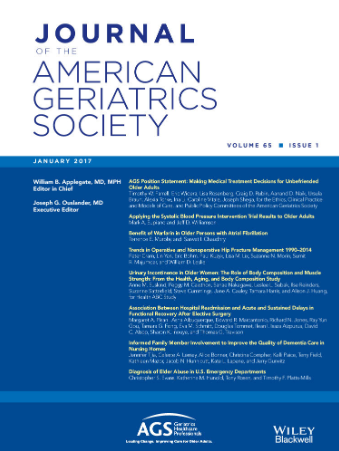The Association of Dementia and Mild Cognitive Impairment With Outpatient Ambulatory Care Utilization in the Community
Abstract
Background
Ambulatory care is critical in delivering interventions for dementia and mild cognitive impairment (MCI), from basic services to novel therapeutics. Yet, little is known regarding how community-dwelling persons with dementia/MCI interact with clinicians in outpatient ambulatory settings. We assessed associations of dementia/MCI with outpatient ambulatory evaluation and management (E&M) visits.
Methods
We included 2116 community-dwelling participants in Rush Alzheimer's Disease Center cohorts, with linked fee-for-service Medicare claims. Annually from 2011 to 2019, cohort neuropsychologic evaluations classified participants as dementia, MCI, or no cognitive impairment (NCI). Across groups, we compared annual probability of visiting providers and number of E&M visits, using repeated measures logistic or generalized Poisson mixed effects models.
Results
Across 8672 person-years (PY) of follow-up, the mean age was 82 (SD 7.6) years; 77% of PYs were among females and 24% among Black participants. Controlling for demographics and comorbidity, the annual predicted probability of primary care visits was high in all groups (86%–92%). Although there were few visits with dementia-related specialists, we found a higher probability of these visits among those with dementia (15%) and MCI (17%) than NCI (12%; p = 0.009, dementia vs. NCI; p < 0.001, MCI vs. NCI). There were striking differences in visits to other medical specialties: the mean number of annual visits was 40% lower for those with dementia (p < 0.001) and 10% lower for MCI (p < 0.001) than NCI. Overall, dementia and MCI were associated with 19% (p < 0.001) and 4% (p = 0.005) fewer E&M visits, respectively, compared to NCI.
Conclusions
Older adults with dementia and MCI interact with primary care providers regularly and are more likely to use dementia-related specialists than those with NCI. Yet, we found lower utilization of other medical specialties, without compensatory increases in primary care, leading to fewer overall E&M visits, even in MCI. Together, the findings may suggest lost opportunities to address the scope of health issues in vulnerable groups.


 求助内容:
求助内容: 应助结果提醒方式:
应助结果提醒方式:


